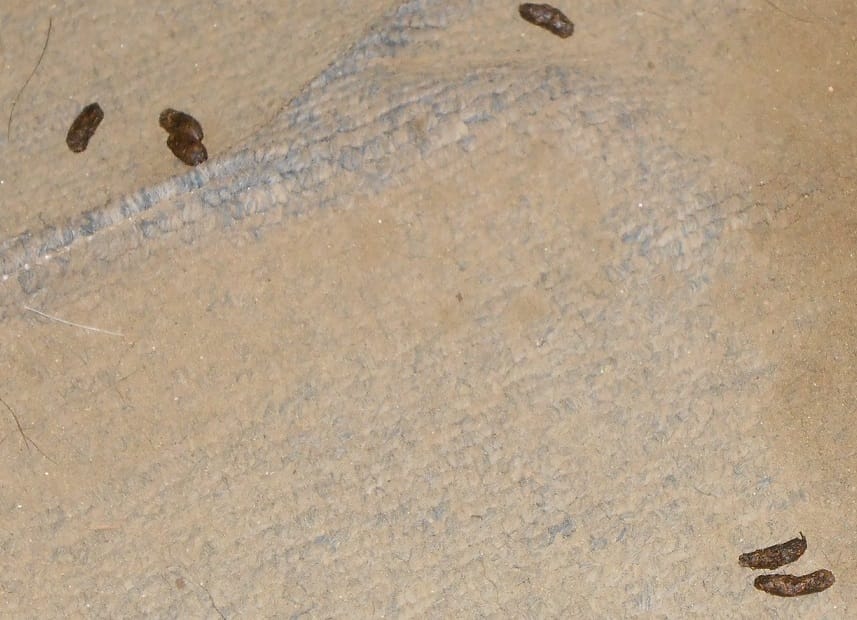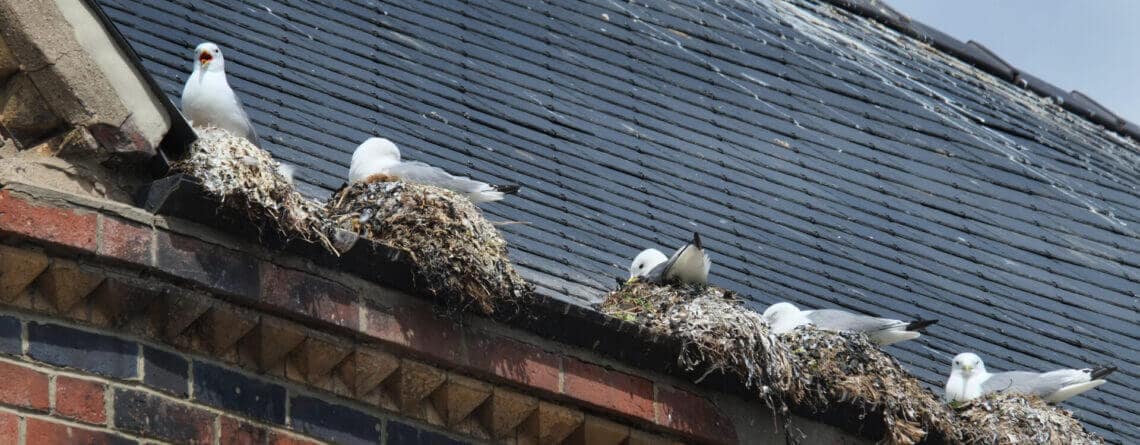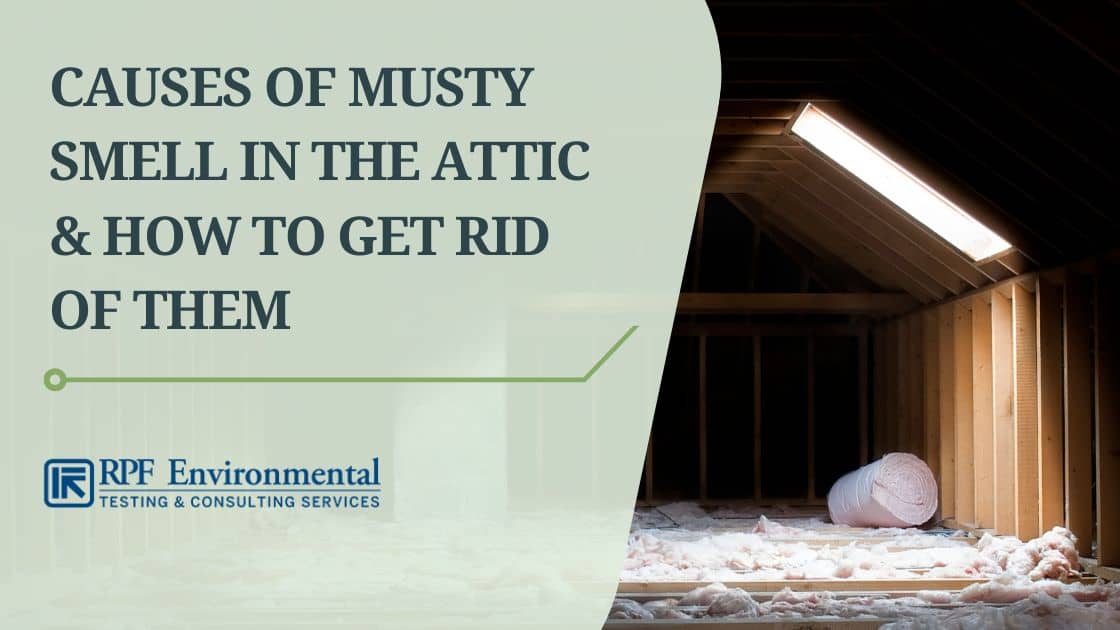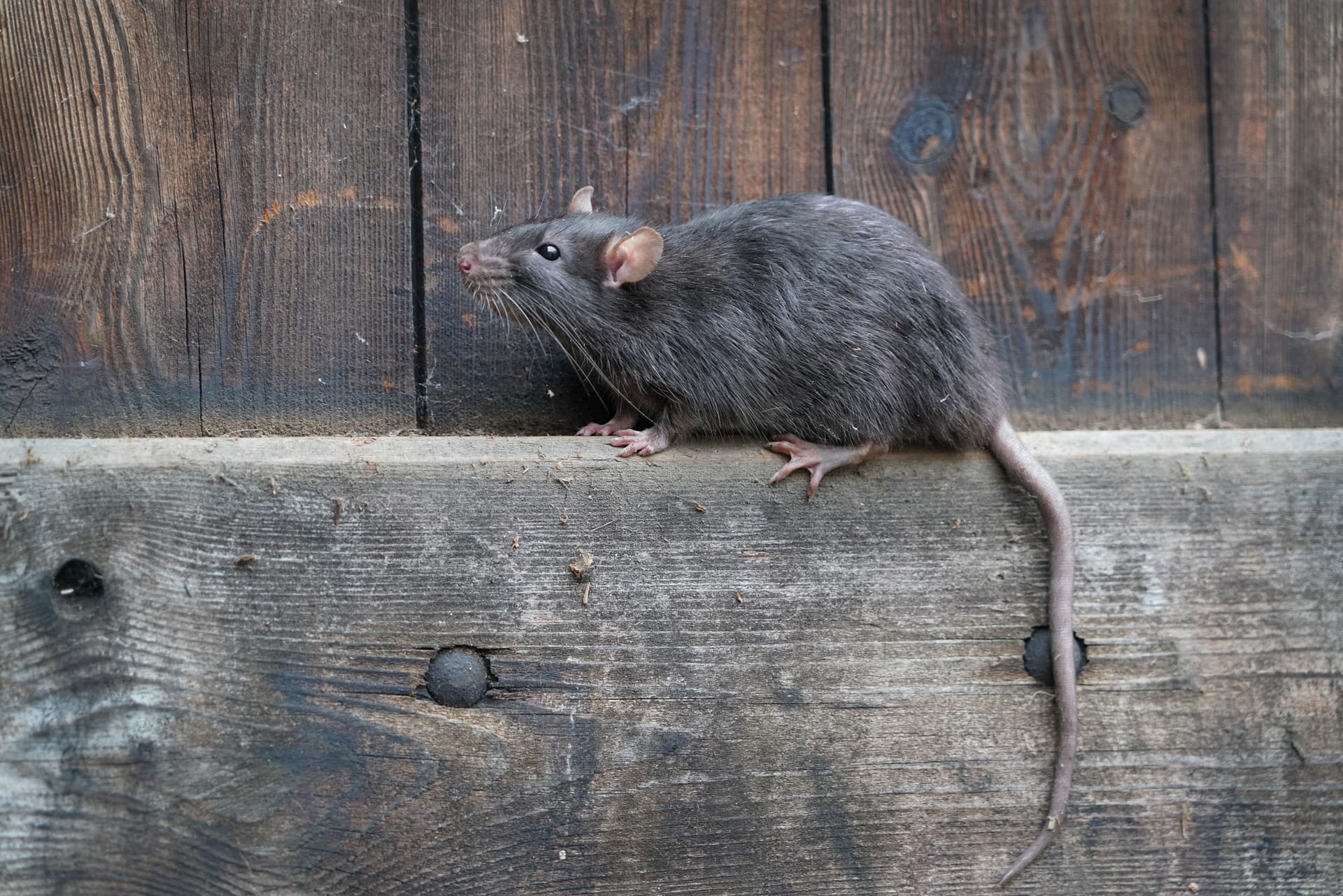Droppings and urine stains are key indicators of mice in your house. We will explore how to identify and deal with these signs effectively.
While it is unsettling to discover these unwelcome visitors, it is important to take action promptly to prevent further infestation and potential health risks. Mice droppings are small, elongated pellets, similar in size to rice grains, while urine stains may appear as brown or yellowish spots around their frequent hiding spots.
By being vigilant and inspecting areas such as kitchen cabinets, corners, and basements, you can spot these signs and implement the necessary measures to eliminate mice from your home.
Identifying Common Mice Droppings
Discovering common mice droppings is a clear indication that your house may be infested. These droppings, combined with urine stains, serve as key signs of a mouse problem that needs immediate attention.
Size And Shape Of Mice Droppings
- The size and shape of mice droppings can provide vital clues to identify their presence in your house.
- Mice droppings are typically small and resemble grains of rice or small pellets.
- They are usually about 1/8 to 1/4 inch in length.
- Mice droppings are pointed at both ends, distinguishing them from other rodent droppings.
- Their shape can vary, but it is commonly cylindrical or oval.
Color And Freshness Of Mice Droppings
- The color and freshness of mice droppings can give you information about the presence and activity level of mice in your house.
- Fresh droppings are usually dark in color, while older droppings can gradually lighten.
- The color may range from black to brown, depending on the diet of the mice.
- Beware of fresher droppings, as it indicates recent activity and a potential active mice infestation.
- If the droppings are dusty or crumble easily, they may be older and indicate a less active infestation.
Remember, identifying mice droppings is an essential step in detecting their presence in your house. By paying attention to their size, shape, color, and freshness, you can take appropriate measures to tackle a mice infestation effectively.
Health Hazards Associated With Mice Droppings
Mice droppings pose serious health hazards, indicating an infestation in your home. The presence of urine stains is a clear sign of mice, bringing about potential diseases and allergies.
Diseases Transmitted Through Mice Droppings
Mice may appear small and harmless, but their droppings can pose serious health risks. Here are some diseases that can be transmitted through mouse droppings:
- Hantavirus: Found in the droppings and urine of infected mice, hantavirus can cause a severe and sometimes fatal respiratory disease. Humans can contract the virus by inhaling contaminated dust particles.
- Salmonellosis: Salmonellosis is a type of food poisoning caused by the bacteria Salmonella. Mice can contaminate food and surfaces with their droppings, leading to the spread of this infectious disease.
- Leptospirosis: Leptospirosis is a bacterial infection typically transmitted through contact with water or soil contaminated by infected animals, including mice. The bacteria can enter the body through cuts or mucous membranes, causing flu-like symptoms and sometimes more severe complications.
- Lymphocytic Choriomeningitis (LCM): LCM is a viral infection that can be contracted by inhaling dust particles contaminated with mouse droppings or through direct contact with infected mice. Although rare, LCM can lead to serious neurological symptoms.
Allergies And Asthma Triggers
Mice droppings can also trigger allergies and exacerbate asthma symptoms. Here’s why:
- Allergens: Proteins present in urine, droppings, and saliva of mice can trigger allergic reactions in sensitive individuals. Common symptoms include sneezing, itching, watery eyes, and nasal congestion.
- Asthma Triggers: For people with asthma, exposure to mouse droppings can worsen respiratory symptoms. The particles in the droppings can enter the airways and irritate the already sensitive bronchial tubes, leading to coughing, wheezing, and difficulty breathing.
To keep yourself and your family safe, it’s crucial to take immediate action if you suspect a mouse infestation in your home. Hiring professional pest control services and practicing proper hygiene can help eliminate the health hazards associated with mice droppings.
Proper Handling And Disposal Of Mice Droppings
Mice droppings and urine stains are clear indicators of a mice infestation in your home. It is crucial to handle and dispose of these droppings properly to prevent the spread of diseases and further infestation.
Safety Precautions To Take:
When dealing with mice droppings, it is important to take certain safety measures to protect yourself and prevent the spread of disease. Here are some key safety precautions to keep in mind:
- Wear protective gloves and a mask: Before you start cleaning any mouse droppings, make sure to wear disposable gloves and a mask to avoid direct contact with the droppings and prevent the inhalation of any harmful particles.
- Ventilate the affected area: Open windows and doors to allow fresh air to circulate while you clean. This can help minimize the concentration of any potentially harmful substances in the air.
- Avoid sweeping or vacuuming dry droppings: Dry droppings can easily become airborne, leading to the inhalation of harmful pathogens. Instead, dampen the droppings with bleach or a disinfectant solution before cleaning them up.
- Use disposable cleaning materials: To prevent the spread of bacteria, use disposable cleaning materials such as paper towels or disposable wipes. After use, place them in a sealed bag for proper disposal.
- Clean and disinfect the area thoroughly: After removing the droppings, clean the affected area with a bleach solution or a commercial disinfectant. Pay extra attention to surfaces that may have come into contact with the droppings, such as countertops, floors, and shelves.
Proper Disinfection Methods:
Proper disinfection is essential to eliminate any lingering bacteria and ensure a safe living environment. Here are some effective methods to disinfect your home after dealing with mice droppings:
- Prepare a bleach solution: Mix one part bleach with nine parts water to create a strong disinfectant solution. This solution can effectively kill bacteria and viruses that may be present in the area.
- Apply the solution to surfaces: Use a cloth or sponge soaked in the bleach solution to wipe down surfaces that might have been contaminated. Pay special attention to areas where droppings were present, such as corners, nooks, and crannies.
- Let the solution sit: Allow the bleach solution to sit on surfaces for at least five minutes to ensure effective disinfection. This will give it enough time to kill any bacteria or viruses.
- Rinse with clean water: After the disinfection process, rinse the surfaces with clean water to remove any residue. This step is important, especially if the areas cleaned are food preparation or storage areas.
- Dispose of cleaning materials properly: Remember to dispose of all used cleaning materials, such as cloths or sponges, in a sealed bag. This prevents any potential cross-contamination and ensures safe disposal.
Taking proper safety precautions and employing effective disinfection methods will help keep you and your family safe from the potential hazards associated with mice droppings. By following these guidelines, you can create a clean and healthy living environment.
Detecting Mice Urine Stains
Mice urine stains can be a clear indication of a mouse infestation in your home. Detecting these stains is crucial to addressing the problem and preventing further damage. Consider using a UV light or a specialized cleaning product to identify and remove these unsightly marks.
Mice can be quite elusive creatures, but they often leave behind subtle signs of their presence in our homes. One key indicator is the presence of urine stains. Detecting these stains can help you determine if mice have been scurrying around your house.
In this section, we will explore two effective methods for identifying mice urine stains: the UV Light Detection Method and Odor Identification.
Uv Light Detection Method:
- Using a UV flashlight, carefully inspect the areas where you suspect mice activity.
- Turn off other light sources to enhance the visibility of urine stains under the UV light.
- Look for fluorescent spots or streaks, as the urine of mice tends to glow under UV light.
- Pay close attention to baseboards, corners, and areas near food sources, as these are common pathways for mice.
- Take note of any urine stains you find, as they will help you track the mice to their nesting areas.
Odor Identification:
- Mice urine has a distinctive ammonia-like smell that can be quite pungent.
- Follow your nose to identify any areas with a strong, musky odor.
- Check areas where you have noticed other signs of mice, such as droppings or gnaw marks.
- Use your sense of smell to detect urine stains on carpets, upholstery, or curtains.
- If you’re having trouble locating urine stains, try using a black light or a specialized urine odor detection kit available in stores.
By utilizing the UV Light Detection Method and paying attention to distinct odors, you can successfully identify mice urine stains in your house. Remember to take necessary precautions and address the mouse infestation promptly to ensure a safe and clean living environment.
Health Risks Of Mice Urine
Mice urine poses serious health risks, including the spread of diseases and triggering allergies. Detecting droppings and urine stains in your house serves as clear signs of mice infestation that should be addressed immediately.
Health Conditions Caused By Mice Urine
Mice may seem like harmless creatures, but their urine can pose significant health risks to you and your loved ones. When mice infest your house, they leave behind droppings and urine stains as telltale signs of their presence. Mice urine, in particular, can contain harmful bacteria and allergens that can lead to various health conditions.
Let’s explore the potential health risks associated with mice urine:
- Leptospirosis: Mice urine can carry the bacteria Leptospira, which causes leptospirosis in humans. This disease can lead to symptoms such as high fever, chills, muscle aches, and vomiting. If left untreated, it can result in more severe complications affecting the kidneys, liver, and even the brain.
- Hantavirus: Another dangerous pathogen found in mice urine is the hantavirus. When humans come into contact with dried mouse urine, the virus can become airborne and inhaled, leading to Hantavirus Pulmonary Syndrome (HPS). This disease can cause flu-like symptoms initially, but it can progress to severe respiratory distress, requiring immediate medical attention.
- Asthma and Allergies: Mice urine contains allergens that can trigger asthma attacks and allergic reactions in sensitive individuals. Exposure to these allergens can result in symptoms such as wheezing, coughing, shortness of breath, and skin rashes. Prolonged exposure may exacerbate existing respiratory conditions or lead to the development of new allergies.
Now that we understand the health risks associated with mice urine, it’s essential to consider its long-term effects on indoor air quality.
Long-Term Effects On Indoor Air Quality
Mice infestations can have a lasting impact on the air quality inside your home. The accumulation of dried urine and droppings in hidden areas can lead to the release of harmful particles and gases, affecting the overall air quality. Here are some key points to consider:
- Airborne Particles: As mice urine and droppings dry out, they can break down into fine particles that become airborne. These particles can spread throughout your home, contaminate the air you breathe, and potentially be inhaled, leading to respiratory issues.
- Ammonia Odor: Mice urine has a strong ammonia-like smell that can permeate your living spaces. The odor can be particularly noticeable in enclosed areas or rooms with poor ventilation. Extended exposure to ammonia odor may cause eye irritation, headache, and nausea.
- Secondary Mold Growth: A prominent concern associated with mice urine is the potential growth of mold and mildew. The moisture from the urine can create an ideal environment for mold spores to thrive. Mold growth is not only unsightly but can also contribute to indoor air pollution and various respiratory problems.
Protecting your health and maintaining good indoor air quality requires swift action when signs of mice infestation, such as droppings and urine stains, are detected. Considering the potential health risks and long-term effects of mice urine, it’s crucial to address the issue promptly by seeking professional help to eliminate these unwanted visitors from your home.
Effective Cleaning And Sanitizing Techniques For Mice Urine
Discover effective cleaning and sanitizing techniques to eliminate mouse urine stains in your house. Easily identify key signs of mice with their droppings and urine stains. Keep your home clean and free from unwanted pests.
Droppings And Urine Stains: Key Signs of Mice in Your House
You notice some small dark droppings in your kitchen cabinets or come across yellowish stains on your carpets. These are telltale signs that mice have invaded your home. Apart from being a nuisance, mice can cause various health hazards, especially through their urine.
In this section, we will discuss effective cleaning and sanitizing techniques for mice urine, including tips for removing stubborn urine stains using non-toxic cleaning agents.
Tips For Removing Stubborn Urine Stains
- Create a cleaning solution: Combine equal parts of water and white vinegar in a spray bottle. This solution is highly effective in removing urine stains due to its acidic properties.
- Blot the stain: If you spot a urine stain, act quickly by blotting the area with a clean cloth or paper towel. Avoid rubbing, as it can spread the stain and make it harder to remove.
- Apply the cleaning solution: Spray the vinegar and water solution directly onto the urine stain. Make sure to saturate the area completely.
- Let it sit: Allow the cleaning solution to sit on the stain for at least 10-15 minutes. This will help break down the urine and make it easier to remove.
- Scrub gently: After the solution has soaked, use a soft-bristle brush or a clean toothbrush to gently scrub the stained area. Be cautious not to damage delicate surfaces or carpets.
- Rinse and repeat: Once you’ve scrubbed the stain, rinse the area thoroughly with clean water. If the stain persists, repeat the process until the urine stain is completely gone.
- Dry the area: After successfully removing the urine stain, use a clean towel or a fan to dry the area completely. Moisture left behind can lead to mold or mildew growth.
- Alternative cleaning agents: If you prefer non-vinegar based cleaning agents, hydrogen peroxide or enzyme-based cleaners are effective alternatives. These cleaners break down the uric acid in the urine and eliminate odors.
- Test an inconspicuous area: Before using any cleaning agent on a visible area, test it on a small, inconspicuous spot. This will ensure that there is no discoloration or damage to the surface.
- Seek professional help: If you are dealing with large-scale urine stains or are unsure about the appropriate cleaning method, it’s always a wise choice to consult professional cleaners who specialize in removing urine stains.
By following these tips for removing stubborn urine stains and using non-toxic cleaning agents, you can effectively clean and sanitize areas affected by mice urine. Remember, prompt action is crucial to prevent further damage and address the potential health risks associated with mouse infestations.
Preventing Mice Infestation
Discovering droppings and urine stains in your house is a clear indication of a mice infestation. Take immediate action to prevent further damage and ensure a pest-free environment.
Mice infestation can be a nightmare for homeowners. Not only do these tiny creatures wreak havoc by leaving droppings and urine stains all over the place, but they can also cause significant damage to property and pose health risks. If you suspect that mice have invaded your house, it’s crucial to take immediate action to prevent further infestation.
In this section, we will discuss two key strategies to help you keep mice at bay: sealing entry points and cracks, and proper storage and waste management.
Seal Entry Points And Cracks
To effectively prevent mice from entering your home, it’s essential to identify and seal all potential entry points. These small creatures can squeeze through even the tiniest gaps, so make sure to inspect your house thoroughly. Here are some steps you can take:
- Inspect the exterior of your house, paying close attention to areas where utilities enter, such as vents, pipes, and electrical wires.
- Seal any cracks or gaps found in the foundation, walls, windows, or doors using caulk or steel wool, as mice can chew through materials like wood and plastic.
- Install door sweeps on all exterior doors to eliminate any gaps at the bottom.
- Cover any chimneys or vents with mesh screens to prevent mice from climbing inside.
- Don’t forget to check your garage and basement for potential entry points, as mice tend to seek shelter in these areas.
By diligently sealing entry points and cracks, you can significantly reduce the chances of mice finding their way into your home.
Proper Storage And Waste Management
Mice are attracted to sources of food and shelter, so proper storage and waste management are crucial in deterring them. Implement the following practices:
- Store food in airtight containers made of metal or glass, as mice can easily chew through plastic or cardboard packaging.
- Keep your kitchen clean and free of crumbs or food debris that might attract mice.
- Regularly empty your trash bins and ensure they have tight-fitting lids to discourage mice from scavenging for food.
- Avoid leaving pet food out overnight, as this can attract mice. Instead, feed your pets at specific times and remove any leftovers promptly.
- Keep your garden well-maintained and ensure that firewood, debris, and other potential hiding spots are stored away from your house.
By adopting these storage and waste management practices, you can minimize the appeal of your home to mice and decrease the likelihood of infestation.
Remember, prevention is key when it comes to dealing with mice in your house. By effectively sealing entry points and cracks, as well as implementing proper storage and waste management strategies, you can significantly reduce the risk of mice infestation.
Stay proactive and maintain a clean and well-maintained home to keep these unwanted visitors at bay.
Professional Pest Control Services
Looking for professional pest control services? Keep an eye out for telltale signs of mice in your house, such as droppings and urine stains. Act fast to prevent further infestations.
Droppings And Urine Stains: Key Signs Of Mice In Your House
Mice infestations can be a nightmare for homeowners. Not only do these pesky creatures contaminate food and surfaces, but they also pose serious health risks. If you’ve noticed suspicious droppings and urine stains around your house, it’s crucial to take immediate action to prevent the problem from escalating.
While some individuals may attempt to tackle the issue on their own, hiring professional pest control services is often the best course of action. This section will guide you on when to seek professional help and how to choose the right pest control provider.
When To Seek Professional Help
Identifying a potential mouse infestation in your house can be challenging, especially if you’re unfamiliar with the signs to look out for. Here are some instances when it is advisable to seek professional pest control services:
- Persistent mouse sightings: If you frequently spot mice scurrying around your home, it’s a clear indication of an infestation that requires professional attention.
- Droppings and urine stains: Mouse droppings and urine stains are telltale signs of their presence. Professional pest control services can effectively identify and eliminate the root cause of these unsanitary markings.
- Chewed wires or structural damage: Mice have a tendency to gnaw on various materials, including wires and wood. If you notice chewed wires or structural damage in your home, it’s a red flag that professional intervention is necessary.
- Unpleasant odors: Mice leave behind a distinct musky odor, especially in enclosed spaces. If you detect an unusual smell that persists despite your efforts to clean, calling professionals is a prudent choice.
Choosing The Right Pest Control Provider
When it comes to selecting a pest control provider to address your mouse infestation, consider the following factors:
- Experience and expertise: Look for a company with a proven track record in dealing with mouse infestations. Their experience will ensure effective and efficient eradication of the problem.
- Safety measures: Ensure that the pest control provider follows industry standards and uses safe methods to eliminate mice. This is particularly crucial if you have children or pets in your home.
- Licensing and certifications: Verify that the company is licensed and holds appropriate certifications. This indicates their adherence to regulations and their commitment to professionalism.
- Customer reviews and recommendations: Read reviews and seek recommendations from friends, neighbors, or online communities to gauge the reputation and reliability of potential pest control providers.
- Cost and guarantees: Request quotes from different companies and compare their prices. Additionally, inquire about any guarantees or warranties they offer to ensure that their services are satisfactory.
By recognizing the signs of a mouse infestation and enlisting the help of professional pest control services, you can effectively address the issue and safeguard your home from further damage. Remember, it’s essential to choose a reputable and experienced provider to ensure a thorough and long-lasting solution.
Don’t let mice take over your living space—take action today!
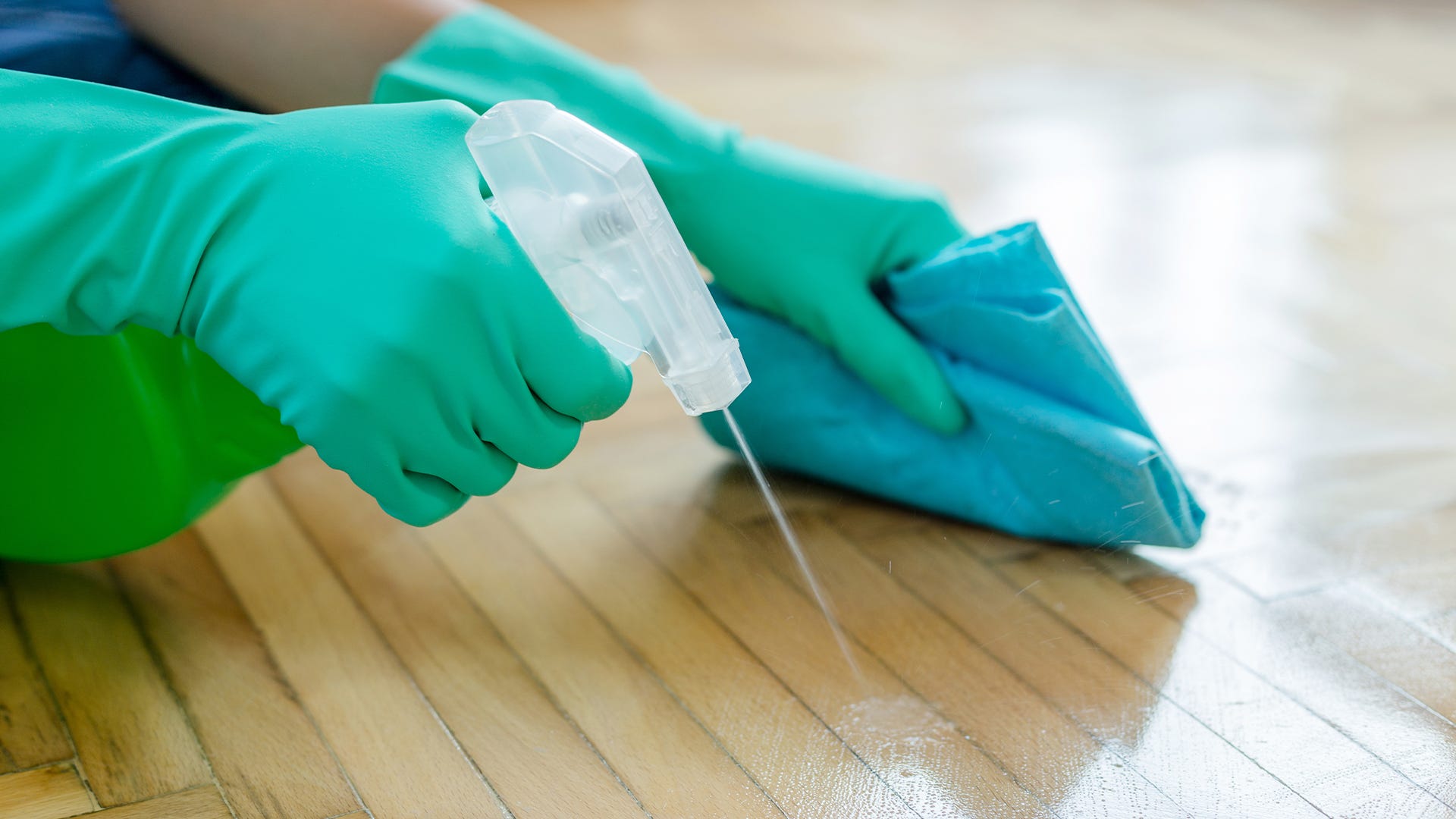
Credit: www.victorpest.com
Frequently Asked Questions On Droppings And Urine Stains: Key Signs Of Mice In Your House
What Do Mouse Urine Stains Look Like?
Mouse urine stains appear as small dark spots on surfaces and they may emit a strong odor.
Do Mice Leave Pee Spots?
Yes, mice can leave pee spots as they mark their territory.
Can You Tell How Many Mice You Have By Droppings?
Yes, mouse droppings can indicate the presence of mice in your surroundings.
What Are The Signs You Have Mice In Your House?
Signs of mice in your house include droppings, chewed wires, gnaw marks, strong odor, and scurrying noises.
Conclusion
Identifying the signs of mice infestation in your house is crucial for the health and safety of your home and family. Droppings and urine stains are key indicators that mice have made themselves at home in your living space. These small creatures carry diseases and can cause damage to your property if left unchecked.
By recognizing the signs early on, you can take prompt action to eliminate the mice and prevent further infestation. Remember to thoroughly clean and sanitize the affected areas, and seal off any entry points to discourage their return. Regular cleaning and maintenance can also help keep mice at bay.
If you suspect mice in your house, don’t delay in addressing the issue. Protect your home and loved ones by taking the necessary steps to eradicate these unwanted guests.
